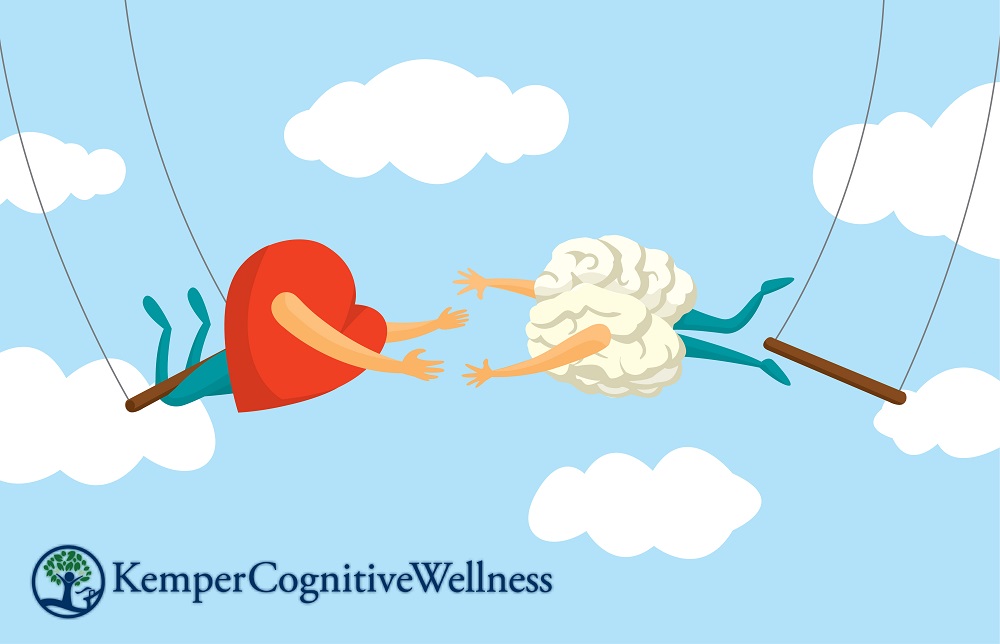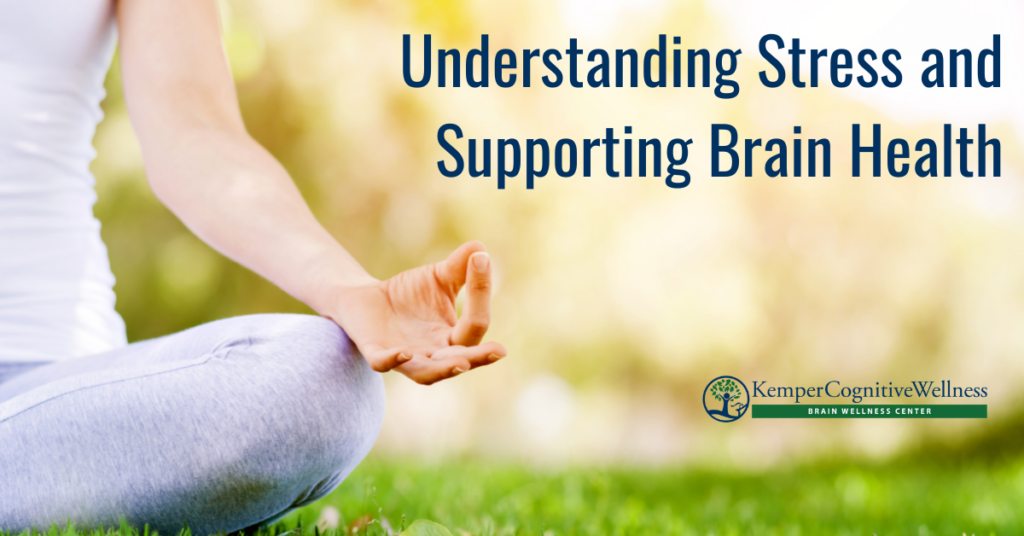February 14, 2020
By Alison Connors, FMCHC
Did you know the heart and brain are in constant communication with one another? Connected by the Vagus Nerve, the heart actually sends more signals to the brain than the brain sends to the heart! These heart signals have a significant impact on brain function – influencing our emotional processing as well as cognitive function, including attention, perception, memory, and problem-solving. In other words, not only does the heart respond to the brain, but the brain continuously responds to the heart.
The Vagus Nerve is so named because it “wanders” like a vagabond, sending out sensory fibers from your brainstem to your major organs, including your heart. It oversees a vast range of crucial functions, communicating motor and sensory impulses to every organ in your body. The Vagus Nerve’s main function is to maintain balance in the body, in other words, bring it back to a state of calm.
The researchers at HeartMath® have demonstrated the pattern of neural signals traveling from the heart to the brain inhibits higher cognitive functions during times of stress and negative emotions, when the heart rhythm pattern is erratic and disordered. This impacts our ability to think clearly, remember, learn, reason, and make effective decisions. The heart’s input to the brain during stressful or negative emotions also has a marked effect on the brain’s emotional processes— ultimately reinforcing the emotional experience of stress.
In contrast, the more ordered and stable pattern of the heart’s input to the brain during positive emotional states has quite the opposite effect – it facilitates cognitive function and reinforces positive feelings and emotional stability. Learning to generate increased heart rhythm coherence by sustaining positive emotions not only benefits the entire body, but also profoundly affects how we perceive, think, feel, and perform.
What is heart rhythm coherence? “Coherence is the state when the heart, mind and emotions are in energetic alignment and cooperation,” HeartMath Institute Research Director Dr. Rollin McCraty says. “It is a state that builds resiliency – personal energy is accumulated, not wasted – leaving more energy to manifest intentions and harmonious outcomes.” As a marker of physiological resilience and behavioral flexibility, it reflects our ability to adapt effectively to stress and environmental demands.
Heart rate variability is a measure of the beat-to-beat changes in heart rate. The coherence state is marked by the development of a smooth, sine-wave-like pattern. HeartMath calls this pattern heart rhythm coherence. Scientists and physicians consider HRV to be an important indicator of health and fitness.
How can you increase coherence? Practice the heart-focused breath. Recognize when you are in a stressful or uncomfortable situation and your emotions are not where you want them to be. You may be experiencing anger, upset, jealously, greed or hatred. Acknowledge your emotions, and then shift to a neutral space. Take a breath – 5 seconds in, 5 seconds out. Your body will immediately shift into a state of balance and ultimately, a state of coherence.
You can also use a cool tool such as HeartMath® Inner Balance Sensor and App to track and train HRV. It conveniently connects to your phone, so you can practice heart-focused breathing anytime, while receiving immediate feedback on your state of coherence.
Determining your heart rate variability may offer clues about the resilience of your heart and vagal tone. When we are young, our vagal tone is high, making it easier to bounce back from stressful situations. As we age, our vagal tone naturally decreases, which means we have to work a little harder to keep it toned, just like we have to work harder to keep our muscles toned.
How can you tone your Vagus Nerve? Deep diaphragmatic breathing is the easiest way to tone your Vagus Nerve, calm your heart rate and lower your blood pressure. Also, regular cold blasts measurably reduce stress markers, so splash cold water in your face, finish your shower with a 30 second cold rinse or open your windows during cold weather season. Some other practices believed to improve vagal tone include: laughing, singing, humming, yoga and acupuncture.
Show your heart and brain some love this Valentine’s Day by implementing daily routines to tone your Vagus Nerve and increasing your heart rhythm coherence. Your heart and brain will thank you.
References
https://www.heartmath.com/science/
https://www.thecut.com/2019/05/i-now-suspect-the-vagus-nerve-is-the-key-to-well-being.html





